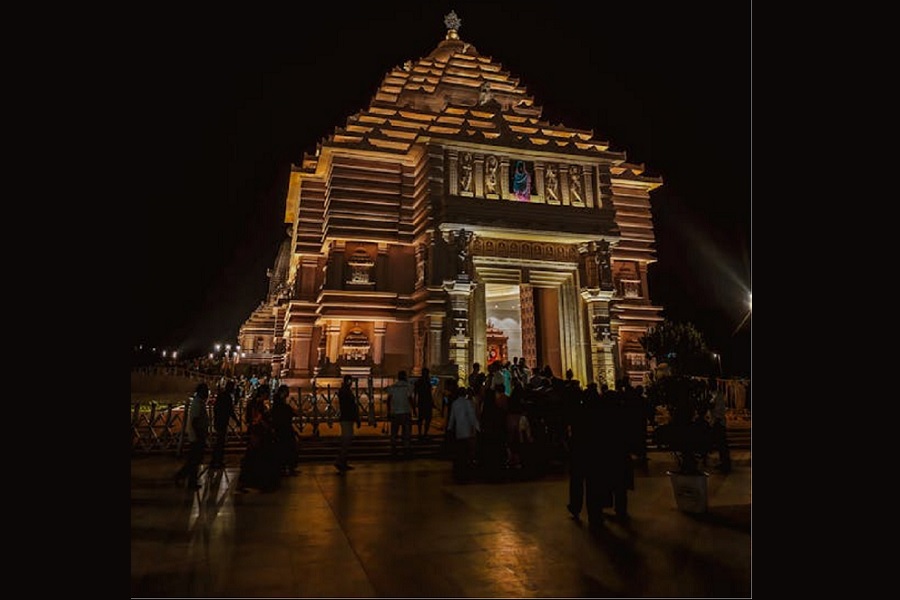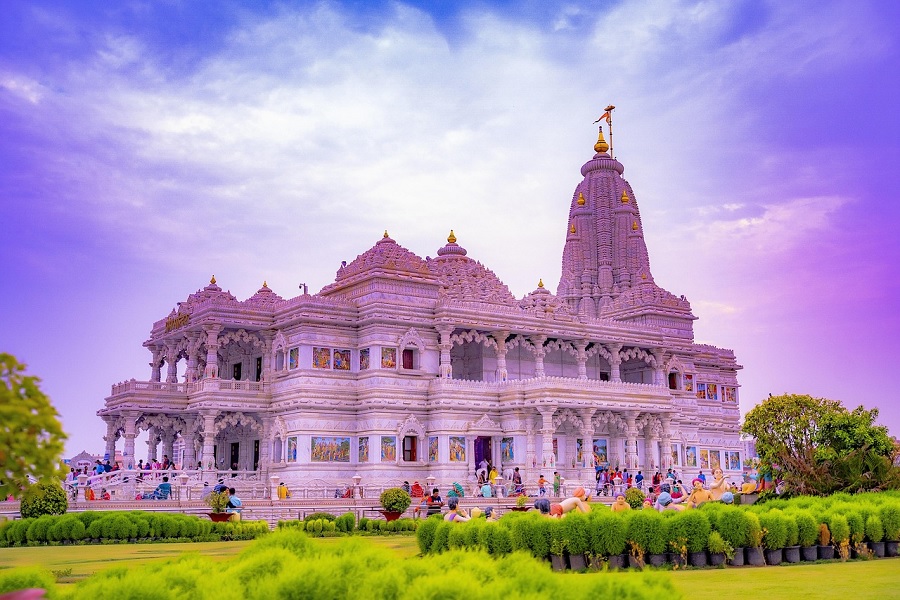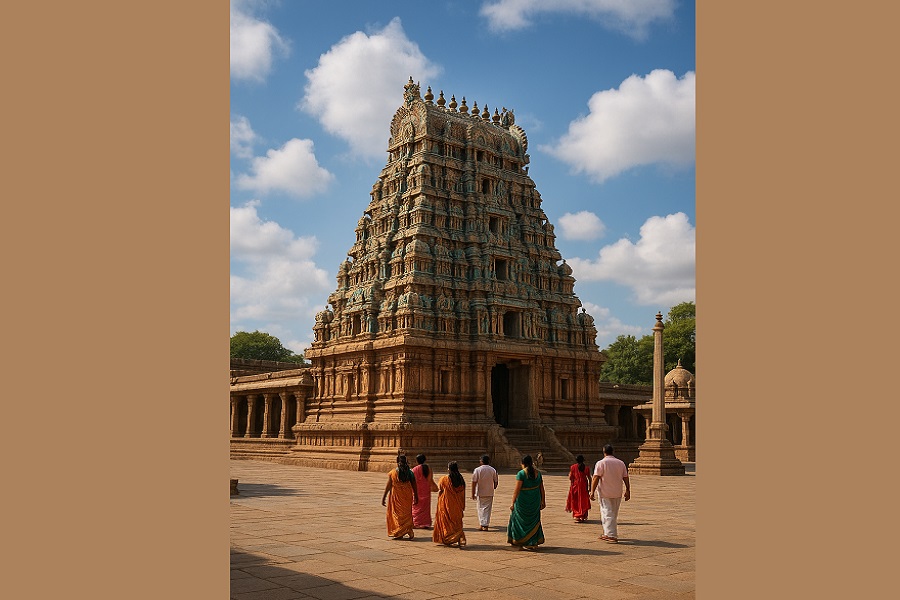Exploring the Spiritual Heart of India: A Temple Experience Through Indian Tourism

India is a land of vibrant colors, diverse cultures, and deep-rooted spirituality—and few experiences capture the essence of Indian tourism better than a visit to one of its many magnificent temples. The image above depicts a beautifully lit temple at night, glowing against the dark sky as a crowd of devotees and tourists gather at its grand entrance. This moment highlights the powerful role of religious tourism in India’s cultural and spiritual landscape.
The Sacred Thread of Indian Tourism
Temples are not merely places of worship in India—they are living monuments of tradition, architecture, and devotion. From ancient cave sanctuaries in Maharashtra to intricately carved temples in Tamil Nadu and modern-day marvels like the Akshardham or ISKCON temples, these sacred spaces attract millions of pilgrims and travelers from around the world.
This image reflects that sacred allure, capturing a night-time view of a temple that is both spiritually energizing and architecturally stunning. The light accentuates every carving and corner, enhancing the temple's spiritual aura while drawing tourists to experience its peace and grandeur.
Nighttime Temple Visits: A Growing Trend
Tourism in India is increasingly embracing evening and nighttime temple tours, especially for travelers seeking serenity away from the daytime crowds. Lit-up temples offer a mesmerizing visual experience and a chance for quiet reflection. Visitors not only participate in rituals like aarti (worship) but also marvel at the intricate artistry and lighting that bring the structure to life.
Such experiences often form part of cultural heritage tourism packages, including guided tours, spiritual discourses, classical music performances, and light shows that narrate mythological stories.
Why Temples Are Key to Indian Tourism
Architectural Heritage: Temples are masterpieces of ancient Indian engineering and design, often built with no modern machinery yet enduring for centuries.
Cultural Learning: Each temple has its own legends, festivals, and customs, offering visitors a deep dive into regional beliefs and histories.
Festive Tourism: Major festivals like Diwali, Navaratri, and Janmashtami attract massive crowds to temples, turning religious sites into vibrant cultural hubs.
Community Connection: Temples often act as centers of local life—feeding the poor, organizing fairs, and showcasing traditional crafts and performances.
A Gateway to Peace and Purpose
For many tourists—domestic and international—visiting Indian temples is more than sightseeing. It’s an opportunity to reconnect with self, seek blessings, or explore ancient wisdom. Spiritual retreats, yoga camps, and meditation sessions are often offered near famous temples, blending wellness tourism with devotional experiences.
.jpg)



.jpg)

.jpg)


.jpg)













